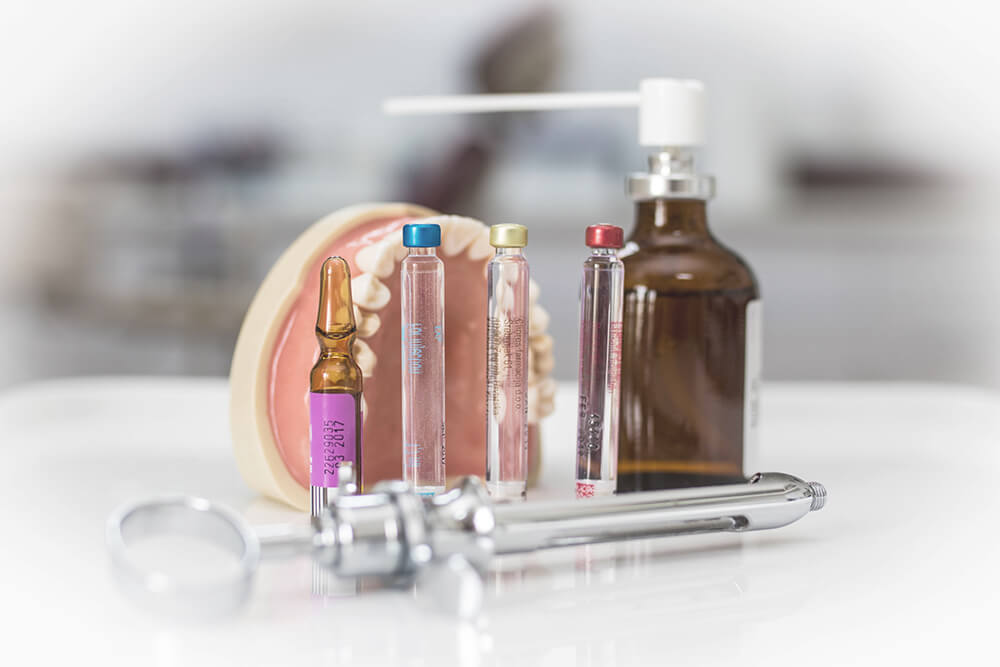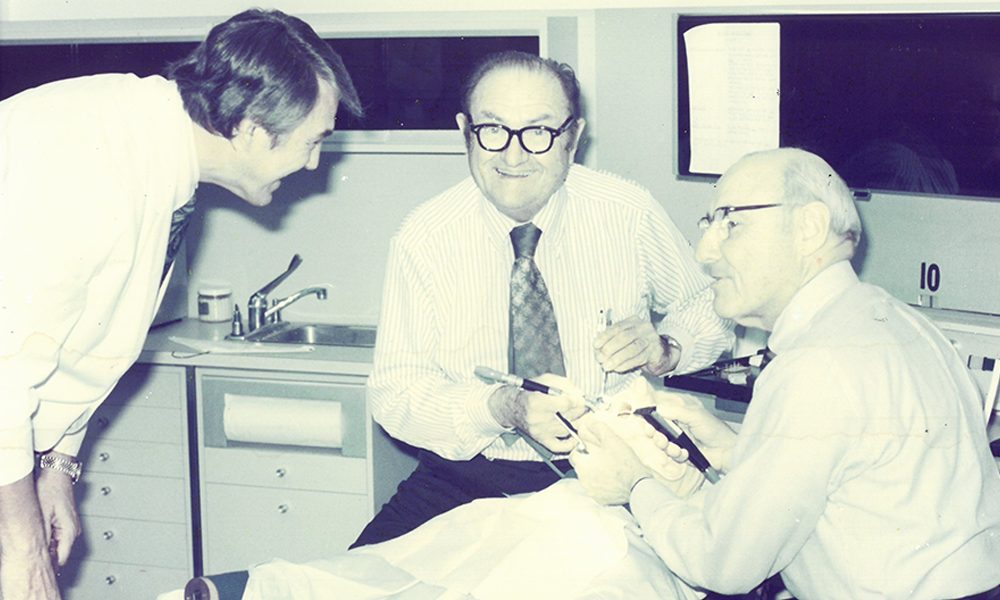Using Topical for Optimal Patient Comfort
In a previous blog, I wrote about how we use multiple flavors of topical in my dental practice and the positive patient experience this creates. In this article, we will look at the topical application technique we use to create maximum patient comfort.
I have often debated in my mind whether topical actually makes patients feel more comfortable when anesthetic will be injected. The scientific literature confirms it works great on the surface of mucosa, but it does not reach nerves under the gums or in teeth. From working with my patients, I know it makes a difference to them in how they perceive the injection feels. And there are studies in which patients overwhelmingly self-report that the initial pinch feeling of the needle entering the tissue is reduced after topical.
Before applying topical, thoroughly dry the area so the topical goes directly on the tissue you want to numb. If topical is applied to saliva, its effectiveness is greatly reduced. Ideally, let the topical work for 60 seconds but minimally 30 seconds prior to beginning the injection. My technique is to thoroughly dry the mucosa, swab the dry area with topical, leave the cotton tip applicator in place against the mucosa, cover it with a 2×2, and have the patient close to hold it in place while I watch the clock for 60 seconds to make sure I am not rushing.
To deliver anesthetic I use The Wand computer-assisted anesthetic delivery technology. While I am waiting for the 60 seconds, I explain to the patient that the anesthetic delivery may be different than they have experienced before and how the anesthetic will be delivered.
In my last blog, I wrote about the value of offering patients a choice of topical flavors. I can also fill some of the 60 seconds by asking the patient if the topical administered tastes like the flavor of topical they selected. As soon as the 60 seconds have passed, I immediately remove the 2×2 and cotton tip applicator and begin delivering the anesthetic.
There is good science behind some types of topical acting faster than 60 seconds, so you may want to do some research and select one of these types.
Even if you think topical is not effective, think about the placebo effect topical has on the patient. We are doing something to improve their comfort. We are actively doing something to make the procedure more comfortable and to help them through the process. I believe this act of caring has value to the patient that even exceeds the value of the numbing effectiveness reported in clinical trials.
Related Course
Mastering Dental Photography: From Start to Finish
DATE: October 10 2024 @ 8:00 am - October 12 2024 @ 2:00 pmLocation: The Pankey Institute
CE HOURS: 21
Dentist Tuition: $ 2495
Single Occupancy with Ensuite Private Bath (per night): $ 290
Dental photography is an indispensable tool for a high level practice. We will review camera set-up and what settings to use for each photo. All photos from diagnostic series, portraits,…
Learn More>












